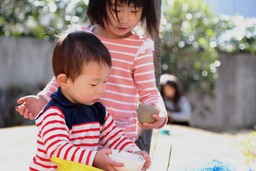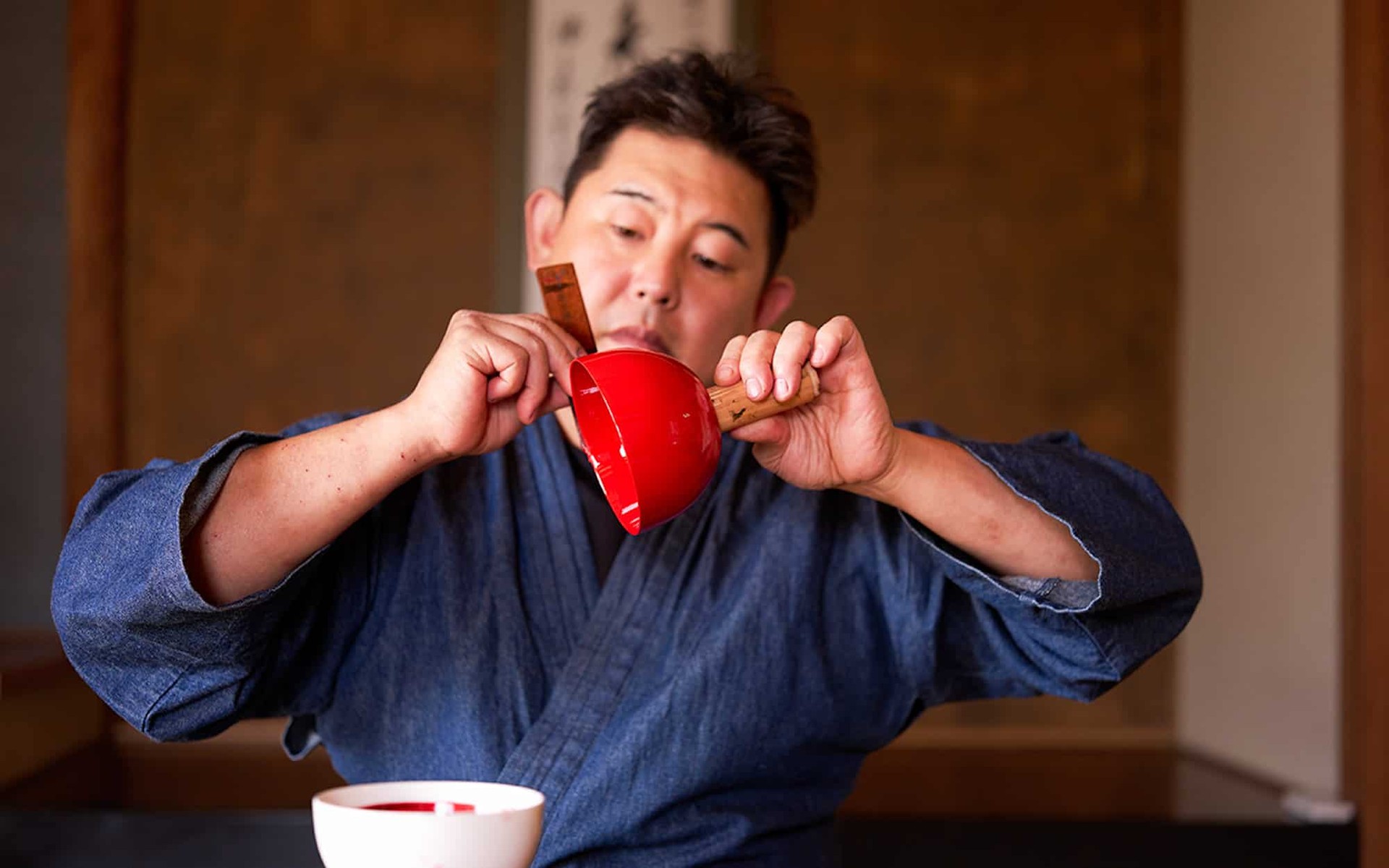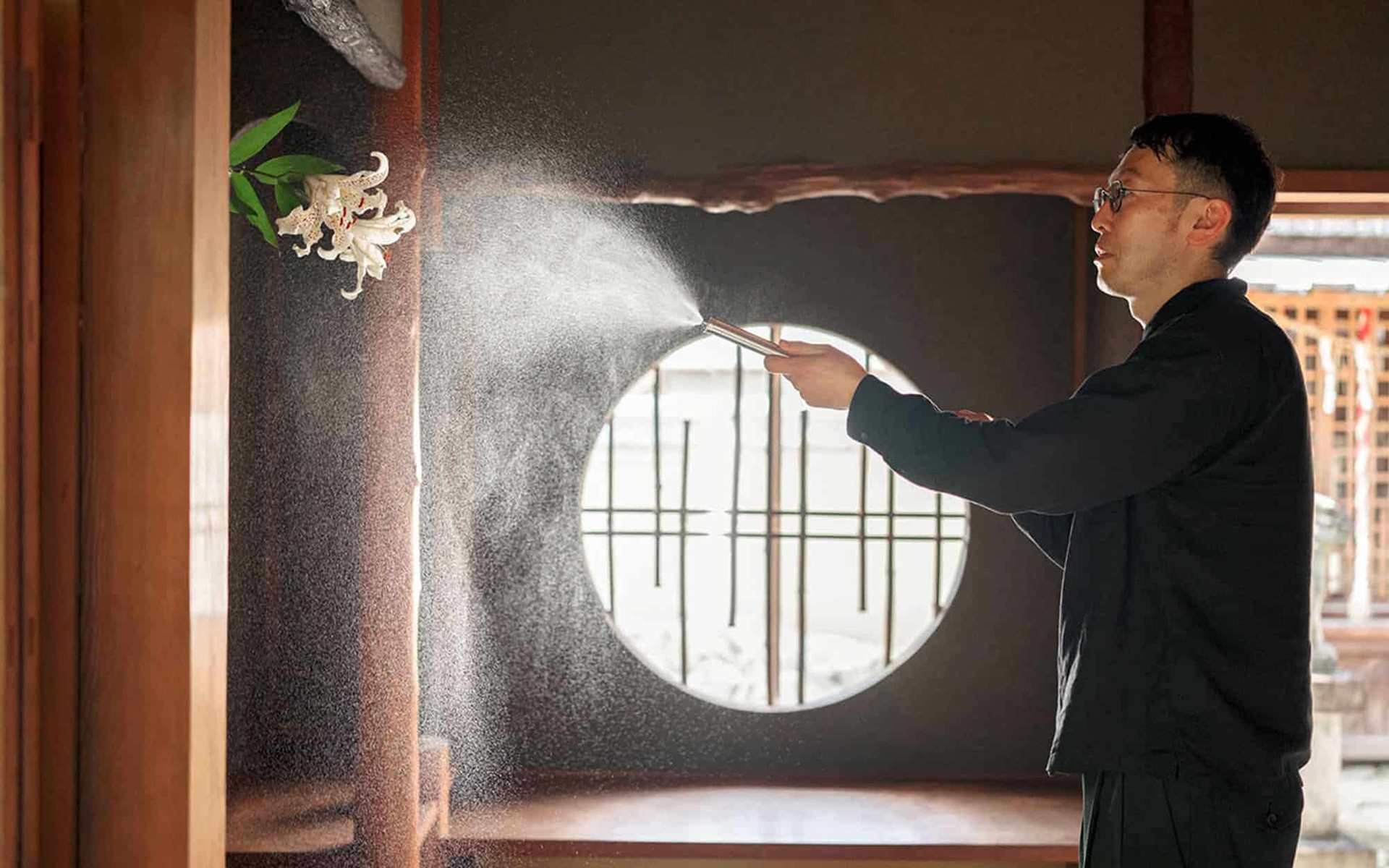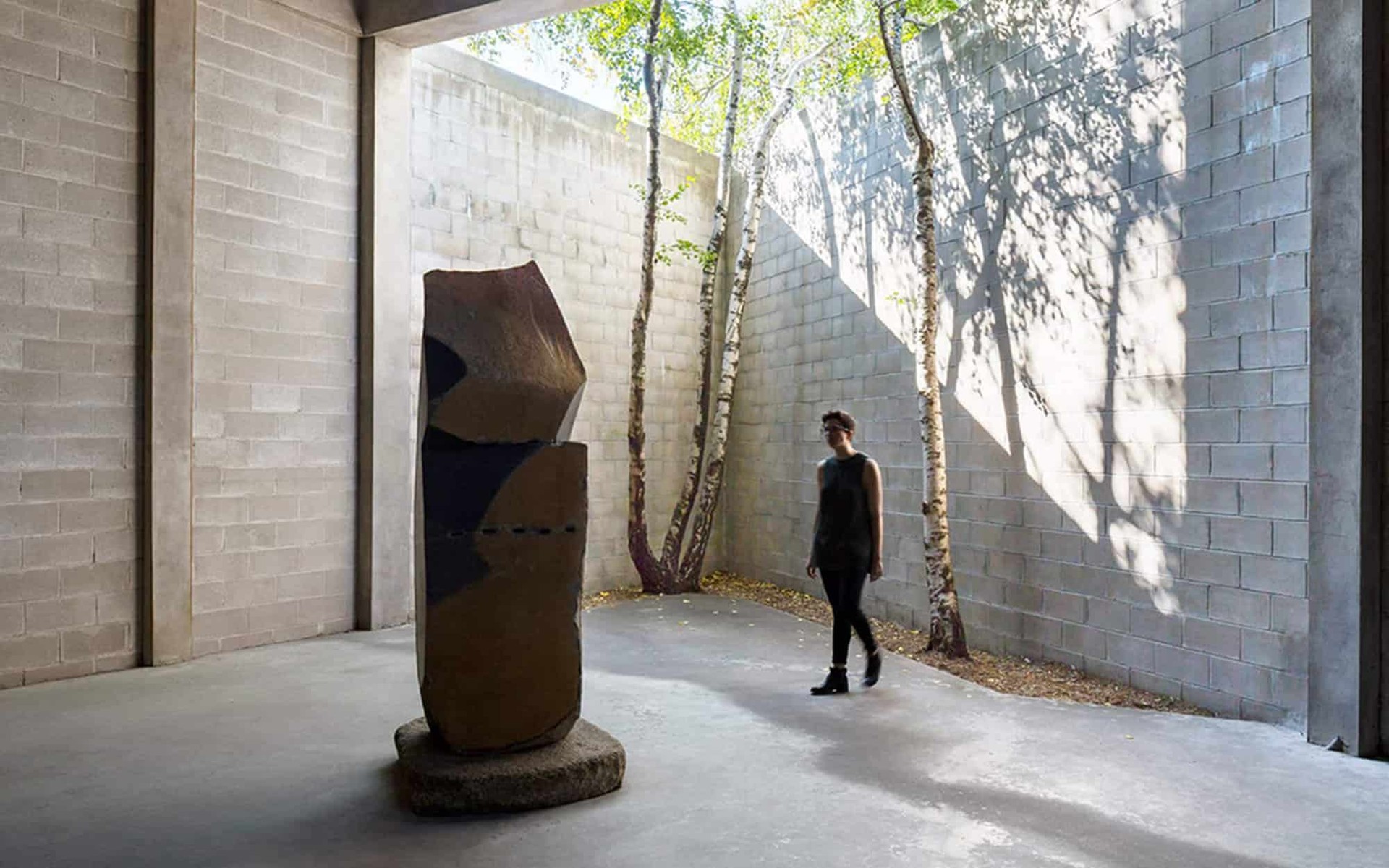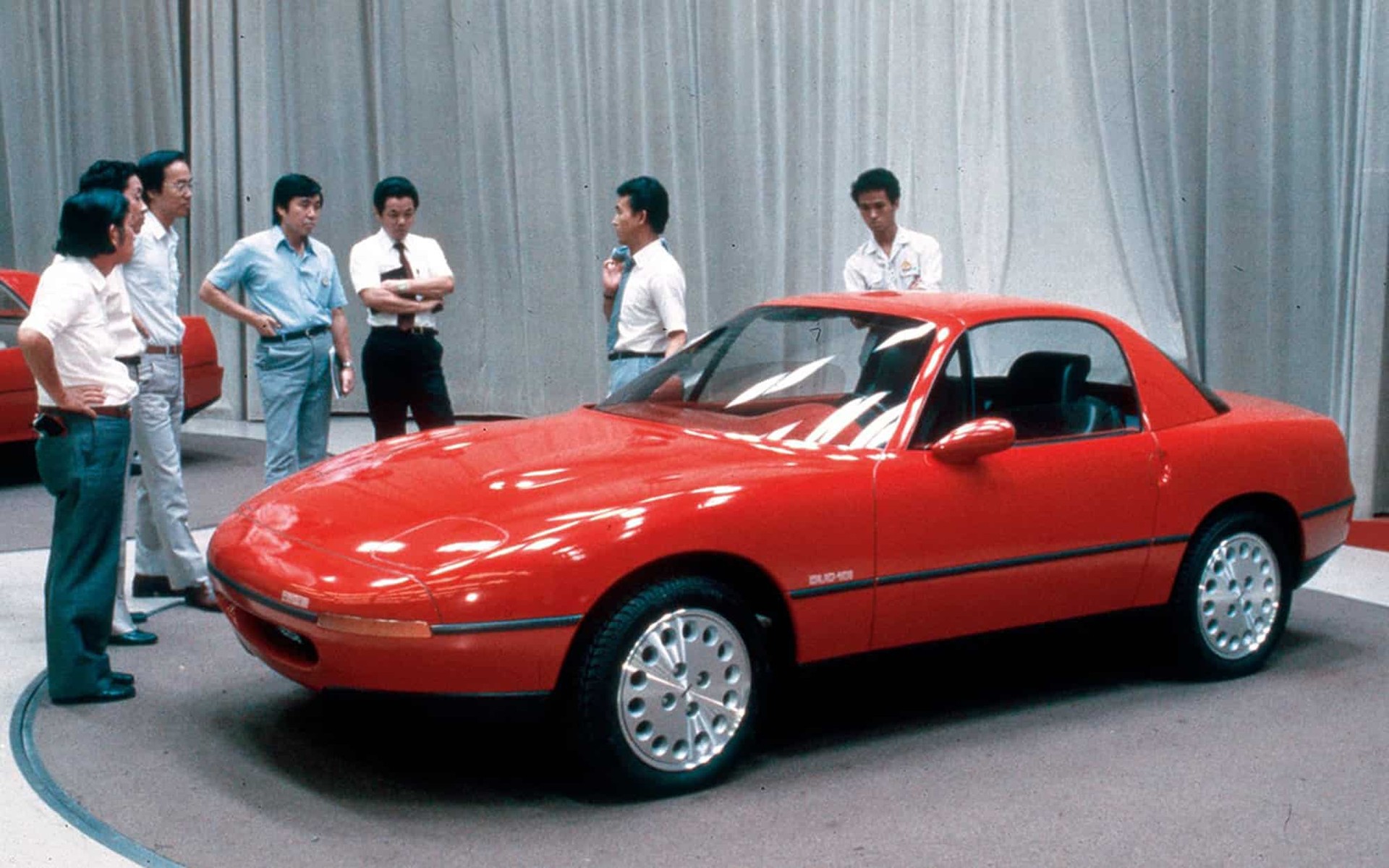
inspire
THE MINDFUL ART OF HIKARU DORODANGO
The art of creating hikaru dorodango has seen a worldwide resurgence, with many trying to match the skill of those who practice it most: Japanese schoolchildren.
The Takumi of Japan are master artisans who have dedicated their lives to perfecting their chosen craft. This pursuit of excellence can be witnessed all over Japan, from the knifemakers of Seki to the ceramicists of Arita and, of course, within Mazda’s own workshops at its home of Hiroshima. It’s a uniquely Japanese mindset, and to understand it, one must start not at a workshop bench, nor the blacksmith’s fires, but in the simple soil from the school playground.
Across Japan, schoolchildren can be found engaging in a patient and almost meditative activity known as hikaru dorodango—crafting and polishing mud into a perfect sphere. These childhood experiences of pursuing perfection and embracing delayed gratification are the foundation blocks for the next generation of artisans and, ultimately, Takumi.
Now practiced around the world, the art form was discovered at a Kyoto nursery by Professor Fumio Kayo.
At its simplest, the recreational pastime involves making a perfect sphere out of three elements: earth, water, and air. For those taking it more seriously, it’s a multi-week physical and mental experiment involving pH levels, varying density of soils, and biblical levels of patience. It has a steep learning curve for those looking to master it and, as with many of Japan’s innovations, has captivated a global audience of artists, young and old, who strive to create a perfect shining dorodango.
Incredibly, despite its modern-day popularity, the art of dorodango would have disappeared had it not been for the efforts of the late Professor Fumio Kayo, a psychologist who specialized in children’s play. Kayo is credited as the person who brought the art form back from the brink after discovering it at a Kyoto nursery. Making “shining orbs of mud is an old pastime of the Japanese youth,” he wrote in 2016, having used it as a tool for observation during his studies. “However, about ten to 20 years ago, with the growing progress of commercialized toys, our mud ball hobby was on the verge of extinction.”
Using different types of soil and earth, artists can create their own unique hikaru dorodango.
Today, focus turns to America, and Albuquerque local Bruce Gardner, who’s often celebrated as the leading talent for modern dorodango. Through online workshops with artists as far afield as New Zealand and Afghanistan, Gardner is determined to preserve Kayo’s legacy. “He pretty much single-handedly revived the art form around the world,” Gardner confirms. “He would describe children having stashes of specially chosen earth that they use for their dorodango, keeping it secret from others.”
As Kayo attested, the art of creating these “luminous mud dumplings” can get technical quickly, despite its basic roots. “It appeals to so many people in so many ways, as it’s a return to the basics,” says Gardner, who tends to steer away from testing pH levels and using complex calculations. “I don’t get that scientific. I used to be very careful with my process… [but] I think it’s just about going by instinct.”
Surrounded by “the perfect soil” of Albuquerque, New Mexico, Bruce Gardner regularly works with other hikaru dorodango artists across the world.
“There are people out there who don’t understand the concept at all,” he explains when asked about the outside perceptions of this fringe art form. “But when you start creating a mud ball, there’s this ‘click’ very early on when, suddenly, it becomes something you’re concerned about.” What’s more, the act of creating an eye-catching piece of art can quickly elevate to something that fortifies your mental health. “It’s almost a necessity for me; it’s my meditation. I’ll go out and do five minutes, and come up with a solution to a problem I’m having,” he says. “Your mind is active and engaged. It’s incredibly relaxing.”
As Gardner continues to perfect his art—“every time I try a new sample, I have to learn its properties and modulate my technique”—it’s the schoolchildren of Japan who, by some measure, still have the firmest grasp on dorodango. Writing on the topic for Tate Etc. in 2002, author William Gibson described how even Kayo took comparatively drastic measures to match their flair, with the professor using an electron microscope to work on details at even the most microscopic detail.
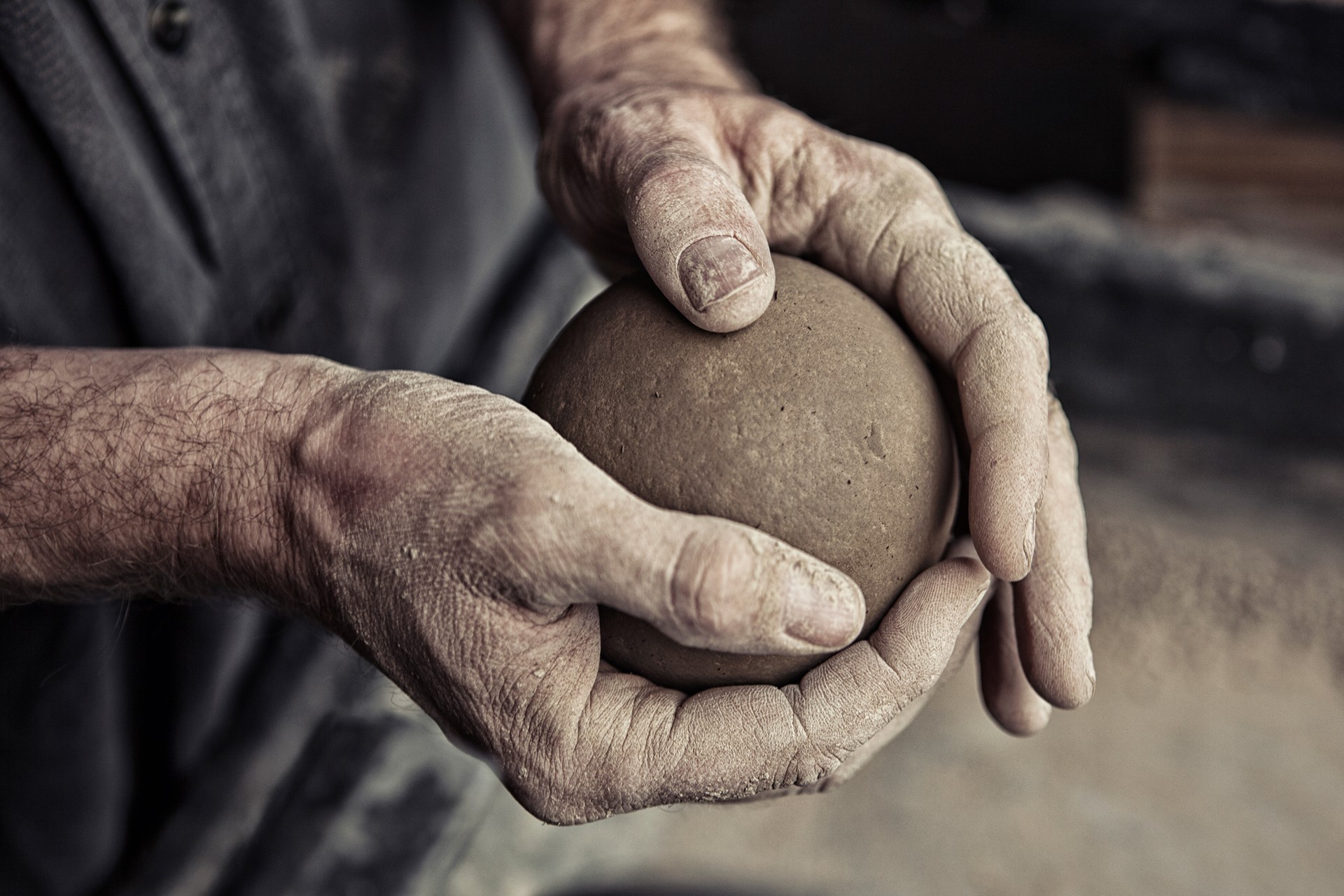
“It’s almost a necessity for me; it’s my meditation.”
Bruce gardneR, DORODANGO ARTIST
how to create a hikaru dorodango
Feeling inspired and up to the challenge? To better understand the resolute mindset of talented Japanese artisans, Gardner has a five-step method for beginners to try and create their own hikaru dorodango. Results, inevitably, may vary…
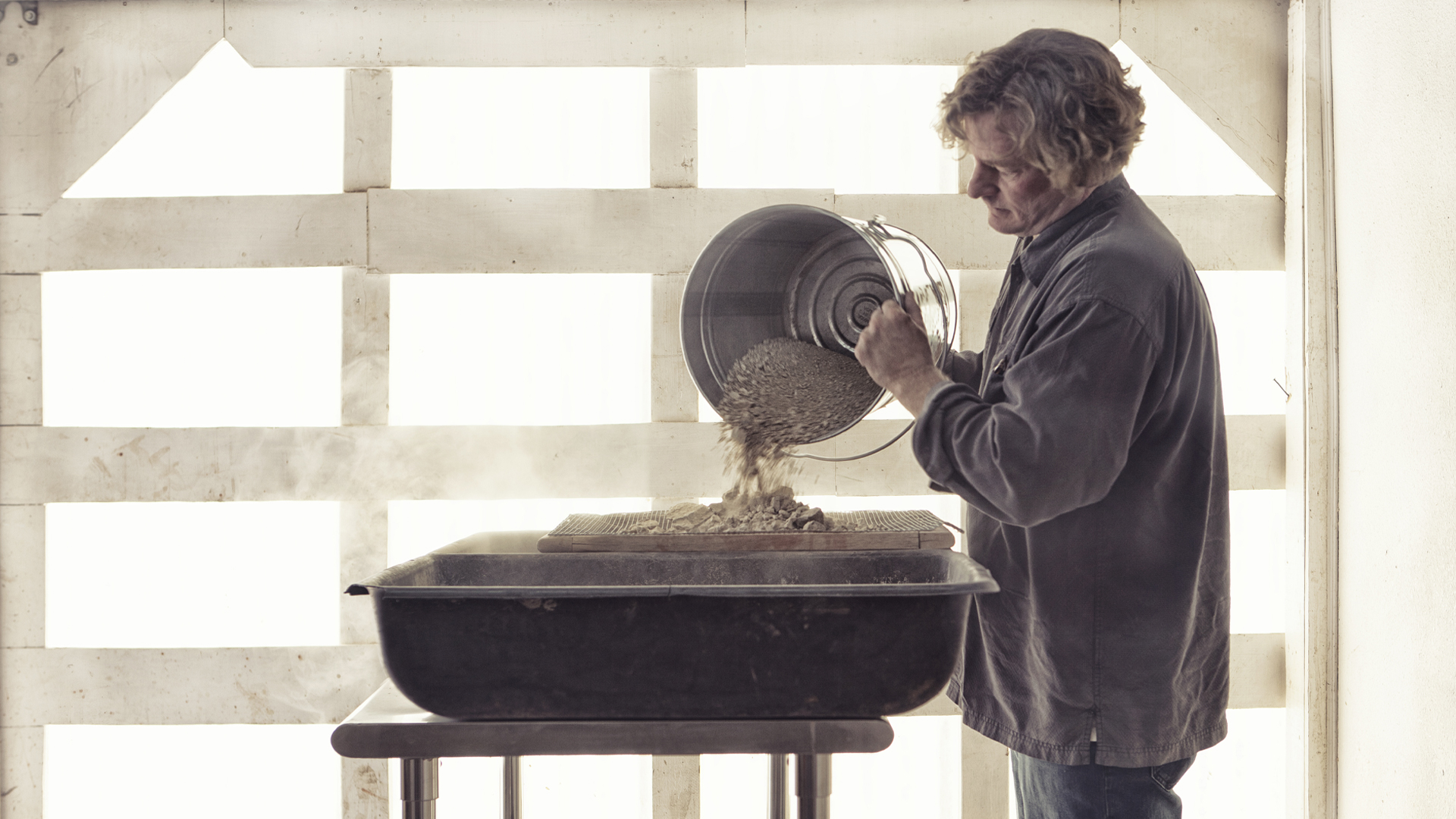
STEP 1: CREATE THE MUD In a clean container, add earth to water. Start by adding a small amount of earth, then mix, and slowly add more earth until the mud reaches an even consistency, like cookie dough.
STEP 2: CREATE THE CORE Begin to shape the mud into a sphere with both hands, squeezing out as much water as you can. Eliminate irregularities from the mass by gently shaking it. The vibration removes voids, increases surface moisture, and facilitates compaction. Proceed to step three when the ball becomes tacky to the touch.
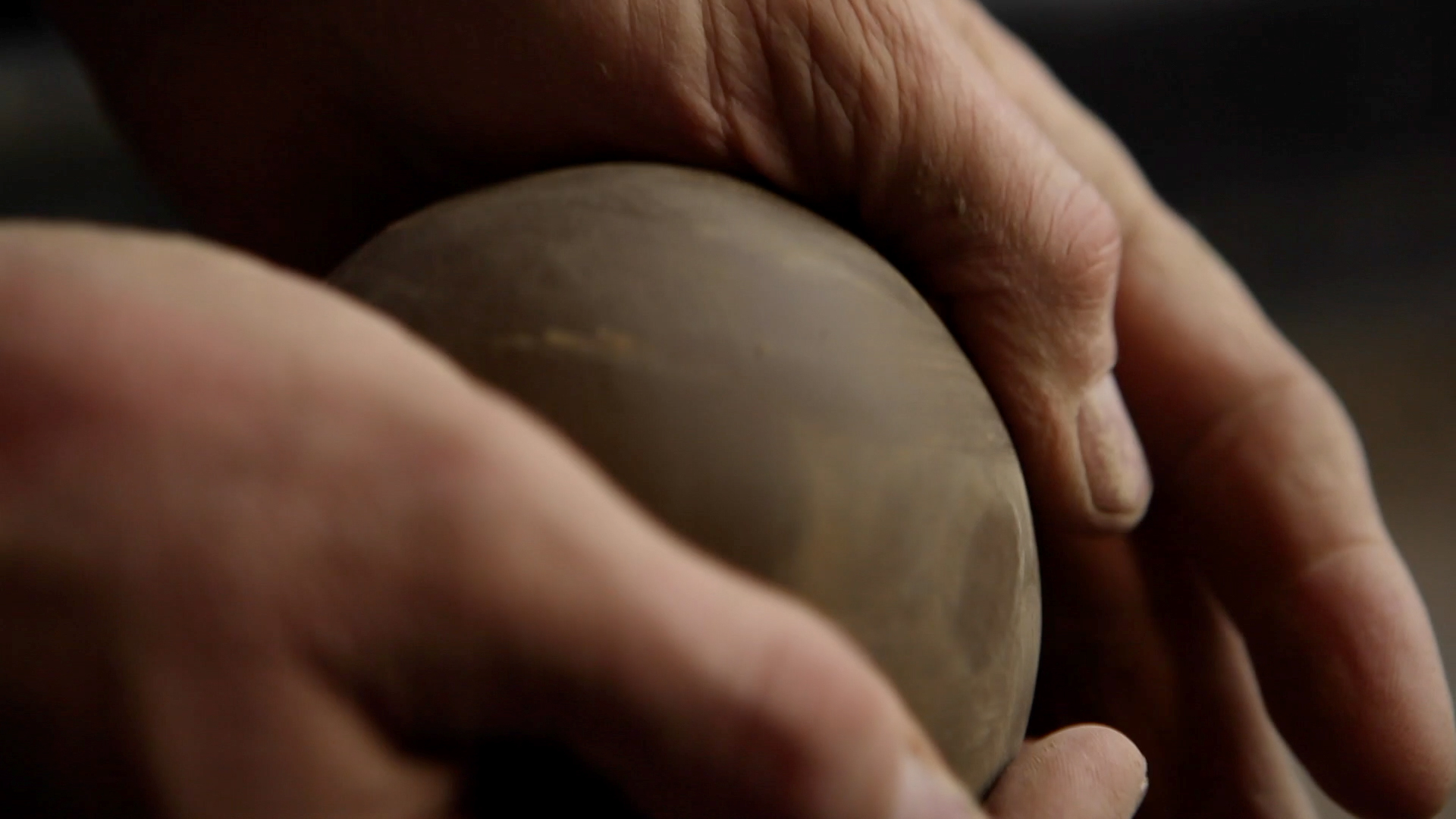
STEP 3: CREATE THE CAPSULE Holding the ball in one hand, grab handfuls of earth with the other and sprinkle the earth over the ball. With your thumb, gently sweep the excess off, rotating the ball as you do so. The new earth will absorb the surface moisture. Work the ball to a point where it retains its shape but isn’t so dry that it cracks.
STEP 4: BUILD THE SHELL Run your hand through screened earth and pat the fine particles that stick to your hand into the surface of the dorodango. Repeat until the surface feels oily or until particles fail to stick to the surface.
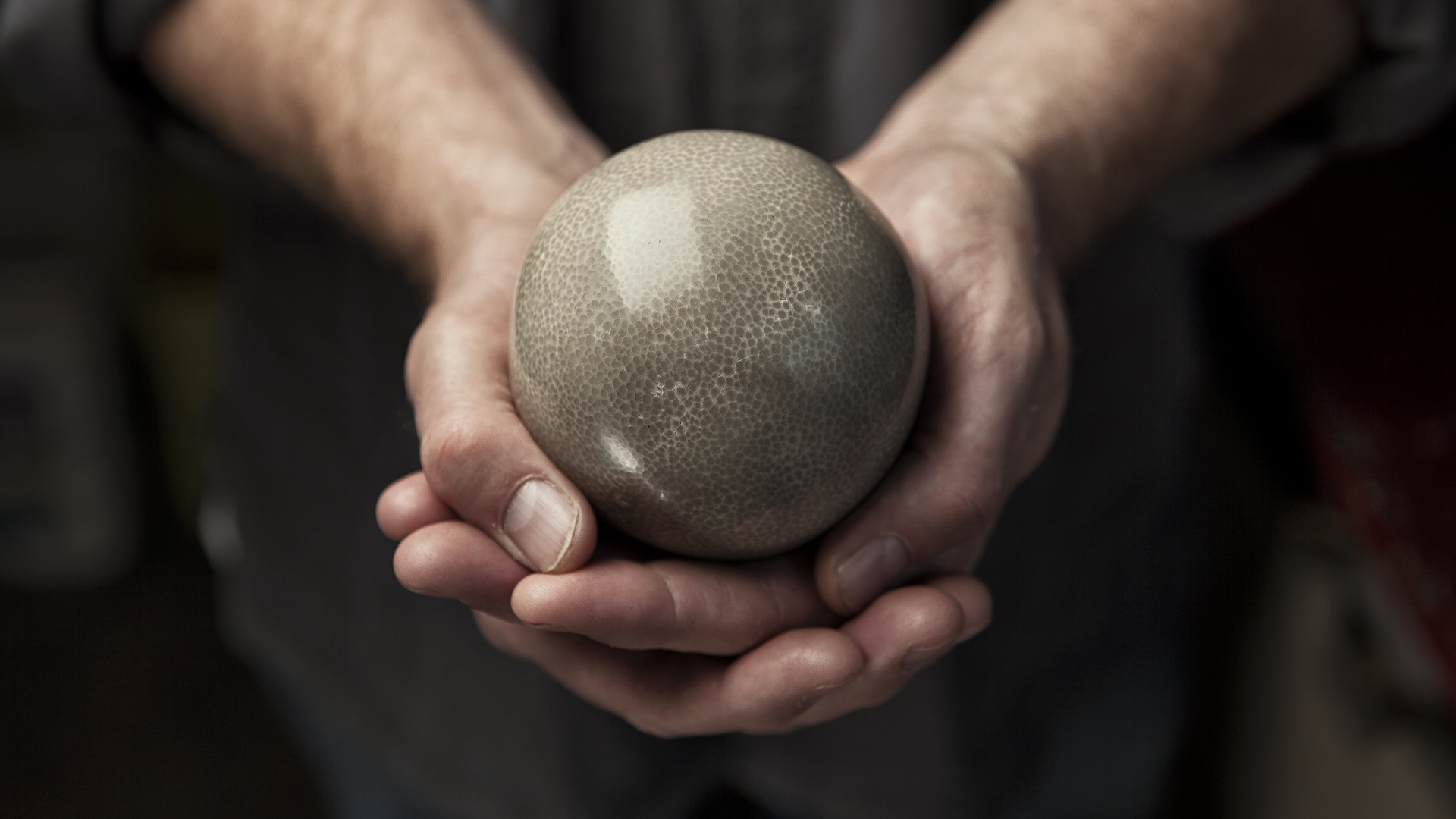
STEP 5: POLISH AND DRY Polish with a soft cloth—carefully at first if any moisture is present, or the cloth will mar the surface. Polish or buff more vigorously once the ball is dry. A glass bowl can be used to compress the surface and bring about a higher shine.
Words Ed Cooper / Images Buck the Cubicle
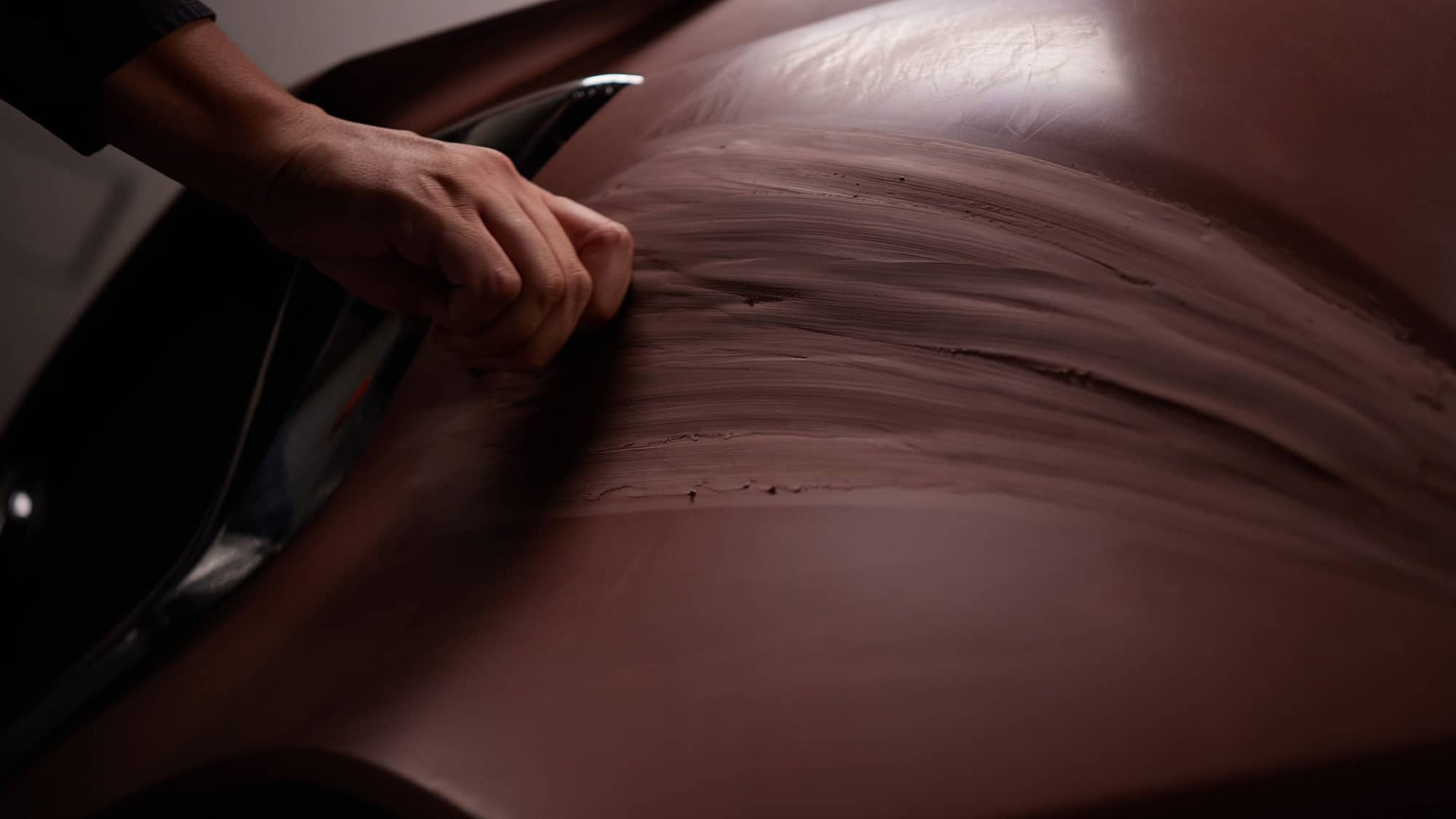
find out more
